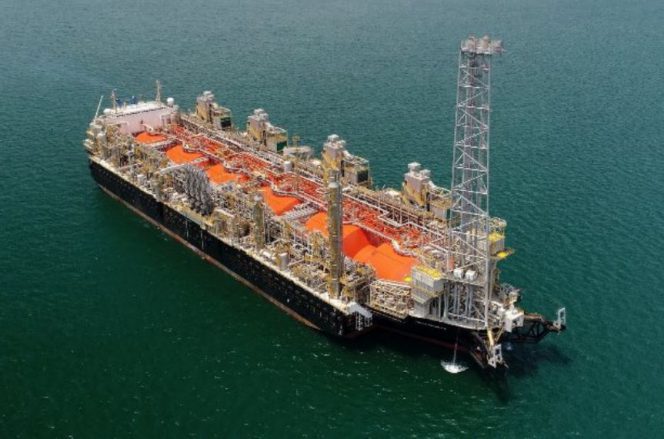
A Rising Tide Lifts Delfin’s Boats
Toward the end of 2021, a mere five floating LNG processors were operating around the world where they were used exclusively to tap offshore gas production. Unlike fixed onshore terminals, FLNGs—as they were employed at the time—offered a lower-cost option to liquify the gas with the added flexibility to move to other offshore gas resources inaccessible by land-based plants.
That’s the way FLNGs worked for decades. But Houston-based Delfin Midstream floated another idea—one that included a technology designed for large onshore gas fields, and a decommissioned pipeline.
Reese Energy Consulting today is following the latest from Delfin and its proposed $7 billion deepwater port 40 nautical miles off the coast of La. The Delfin LNG site will be capable of berthing four FLNGs producing a combined 13.3 MTPA. The company in 2014 purchased the UTOS, the largest natural gas pipeline in the Gulf of Mexico, to feed supplies to its LNG flotilla. Following last month’s investment by Japan shipping giant Mitsui O.S.K., Delfin is on the precipice of not one but two FIDs to purchase its first two vessels this year. The company last September teamed with Devon for gas supplies to produce up to 2 MTPA. Delfin has now announced one of its largest supply agreements to date with U.K.-based Centrica. The 15-year deal includes 1 MTPA of LNG at a market value of $8 billion and hands Delfin a total 4.1 MTPA in contracted sales agreements.
